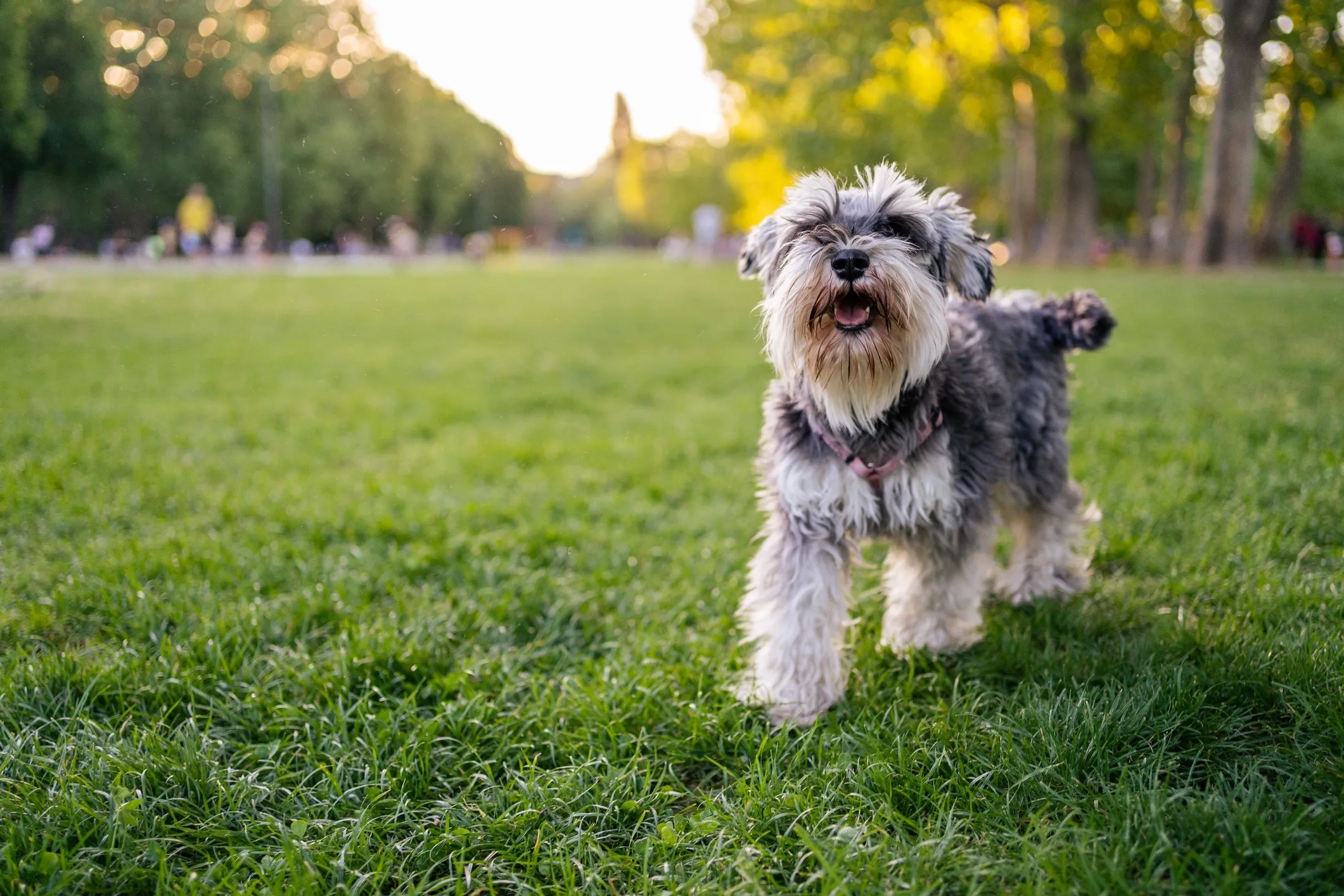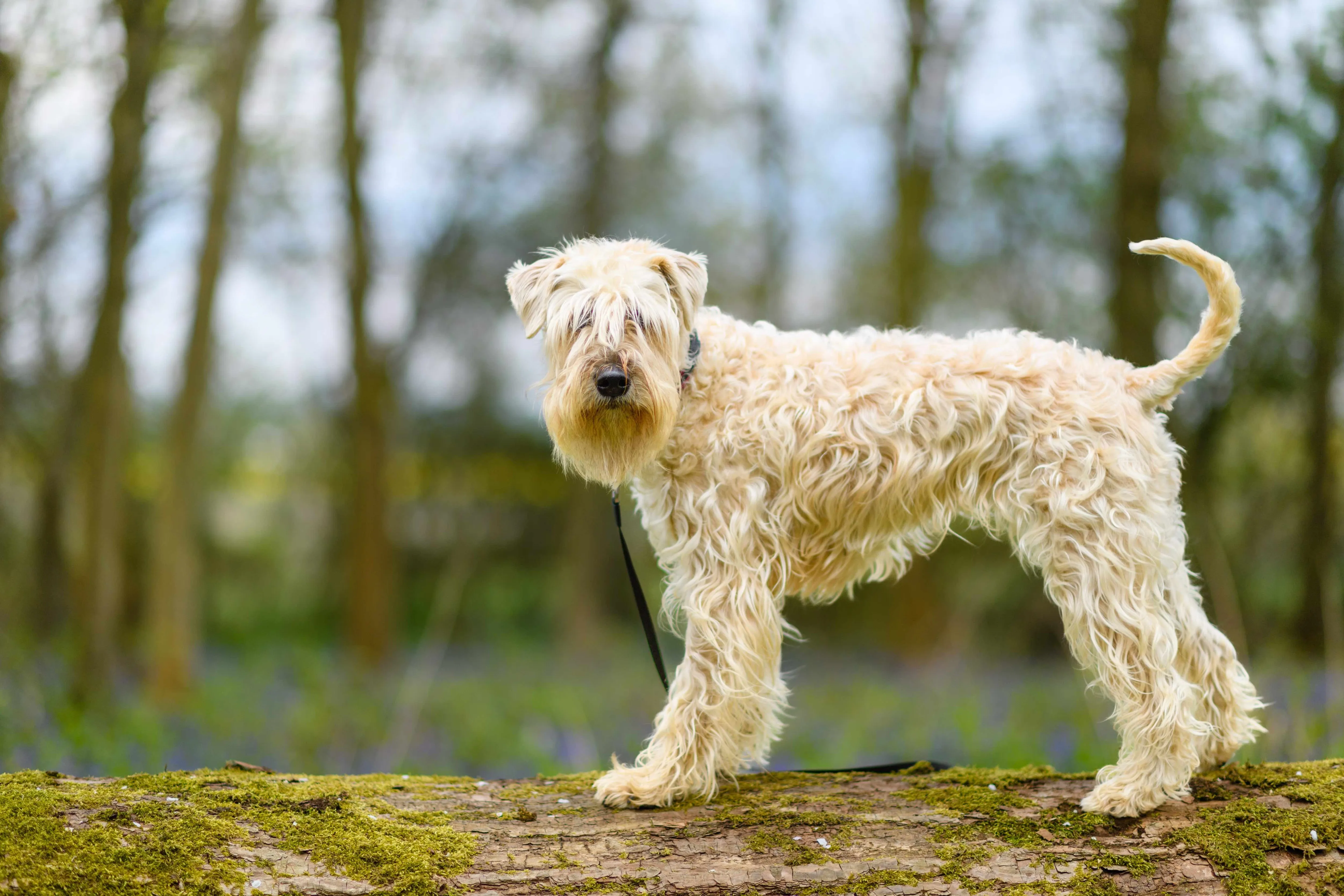For many dog lovers, the joy of pet ownership can be overshadowed by allergies. While no dog is truly 100% allergen-free, certain breeds are known for producing fewer allergens and, crucially, shedding less. This makes them an excellent choice for individuals and families seeking a companion that minimizes allergic reactions and keeps your home cleaner. Understanding what makes a dog “hypoallergenic” and which breeds fit the bill can open up a world of canine companionship previously thought impossible.
The appeal of these “low-shedding” breeds lies in their ability to retain hair, which means less dander (tiny flakes of skin) is released into the environment. Dander, along with saliva and urine, contains proteins that are common allergens. By choosing a dog that doesn’t shed much, you significantly reduce the amount of allergens circulating in your home, leading to a more comfortable living situation for allergy sufferers. Whether you’re considering a small lapdog or a larger, more active companion, there are many smart dogs that don’t shed a lot that could be the perfect addition to your family.
Understanding Hypoallergenic Dogs and Shedding
The term “hypoallergenic” is often used to describe dogs that cause fewer allergic reactions. However, it’s important to clarify that no dog is entirely allergen-free. All dogs produce allergens in their skin, saliva, and urine. The primary difference with so-called hypoallergenic breeds is that they typically shed less hair, which means less dander is distributed throughout your home. This reduced shedding minimizes the spread of allergens, making these breeds a better fit for some people with sensitivities. Symptoms of dog allergies can include coughing, itching, sneezing, or wheezing, and these are often triggered by the proteins found in dander. Therefore, managing dander is key to reducing allergic responses.
Top Dog Breeds That Don’t Shed
If you’re looking for a canine friend but are concerned about shedding and allergies, explore these top dog breeds known for their low-shedding coats. Each offers a unique personality and set of characteristics, ensuring there’s a perfect match for almost any lifestyle.
1. Poodle
 White Standard Poodle standing gracefully in a grassy field
White Standard Poodle standing gracefully in a grassy field
Poodles come in three sizes: Standard, Miniature, and Toy, and all are celebrated for their hypoallergenic qualities. These intelligent dogs are known for their low-shedding, curly coats, which rarely shed but do require regular grooming to prevent matting. Originally bred as water retrievers, Standard Poodles are the largest and incredibly active, while Miniature and Toy Poodles make excellent companions for smaller living spaces. Regardless of size, consistent brushing is essential to keep their elegant curls healthy and tangle-free. Their sharp minds and eagerness to please also make them highly trainable and versatile.
2. Yorkshire Terrier
Known affectionately as “Yorkies,” these small dogs boast spunky and affectionate personalities wrapped in a silky, low-shedding coat that is more like human hair than typical dog fur. Their adaptable nature makes them suitable for various living situations, from bustling city apartments to spacious family homes, provided they receive ample attention and love from their owners. Yorkies thrive on companionship and can be wonderfully charming and spirited pets, making them a popular choice for those seeking a small dog that doesn’t shed.
3. Shih Tzu
The Shih Tzu is an ancient companion breed with a thick, flowing coat and a friendly temperament. These adorable small dogs are another excellent choice for those seeking a low-shedding companion. Their long hair, while requiring diligent grooming, tends to trap dander rather than release it into the environment. However, their distinctive flat faces can predispose them to certain health issues, such as overheating and breathing difficulties, as well as tear stains. Regular eye cleaning can help manage tear stains, ensuring their beautiful faces stay clear and comfortable.
4. Miniature Schnauzer
 Salt and pepper Miniature Schnauzer wearing a pink harness in a park
Salt and pepper Miniature Schnauzer wearing a pink harness in a park
The Miniature Schnauzer is the smallest of the three Schnauzer breeds, typically standing no more than 14 inches tall and weighing between 10–20 pounds. These smart and robust dogs are well-suited to various living environments. Their wiry, low-shedding double coat requires regular grooming, including brushing and occasional stripping or clipping, to maintain its texture and minimize shedding. Miniature Schnauzers are energetic and require at least an hour of exercise daily to stay happy and well-behaved, making them ideal for active families.
5. Portuguese Water Dog
Originally bred to assist fishermen in Portugal, the Portuguese Water Dog is a medium-sized breed with a thick, curly coat that sheds very minimally. This characteristic makes them a highly popular choice among low-shedding breeds. Beyond their coats, these dogs are renowned for their intelligence, trainability, and friendly disposition. Portuguese Water Dogs are high-energy pups that thrive on regular exercise, particularly activities involving water like swimming. Their love for the water means they’re always ready for a game of fetch with floating toys, which is an excellent way to keep them physically and mentally stimulated.
6. Labradoodle
The Labradoodle is a beloved crossbreed, resulting from the intelligent Labrador Retriever and the low-shedding Poodle. This combination was initially developed to create a hypoallergenic service dog. Labradoodles are celebrated for their intelligence, friendly nature, and suitability as family pets. They are highly trainable and generally possess a gentle demeanor, especially when well-exercised and socialized from a young age. Their coats can vary from wavy to curly, but most Labradoodles are low-shedding, offering a wonderful option for families with allergy concerns.
7. Goldendoodle
 Golden Goldendoodle lying on a couch with a person sitting in the background
Golden Goldendoodle lying on a couch with a person sitting in the background
Another popular “doodle” breed, Goldendoodles are a cross between a Golden Retriever and a Poodle. Like their Labradoodle cousins, they are known for their minimal shedding, friendly temperament, and high intelligence. While many exhibit a beautiful golden coat inherited from their Golden Retriever parent, Goldendoodles can display a wide array of colors and coat textures. Their delightful nature makes them excellent family companions, but their luscious coats do require frequent grooming with a slicker brush to prevent matting and keep them looking their best.
8. Xoloitzcuintli
Also known as the Mexican Hairless Dog, the Xoloitzcuintli (pronounced Sho-lo-eets-kween-tli) is one of the oldest and rarest dog breeds, recognized for its unique appearance and hypoallergenic qualities. This ancient breed comes in three sizes – Toy, Miniature, and Standard – and can be found in both hairless and coated varieties. Both types are considered hypoallergenic, with the hairless variety being particularly striking, featuring smooth skin and tufts of hair on the head, tail, and paws. Xolos are known for their calm, vigilant, and loyal nature, making them dedicated companions.
9. Soft Coated Wheaten Terrier
 Soft Coated Wheaten Terrier dog posing on a tree log in a natural setting
Soft Coated Wheaten Terrier dog posing on a tree log in a natural setting
The Soft Coated Wheaten Terrier is a medium-sized Irish breed distinguished by its incredibly soft, silky coat that sheds very little. True to their terrier heritage, Wheatens maintain a high energy level throughout their lives, necessitating ample exercise and mental stimulation to ensure good behavior. Their playful and affectionate nature, combined with their low-shedding coat, makes them a wonderful choice for active families looking for an engaging companion. Regular brushing is crucial to prevent their soft coat from matting.
10. Aussiedoodle
An Aussiedoodle is a dynamic cross between an Australian Shepherd and a Standard or Miniature Poodle, inheriting intelligence and high energy from both parent breeds. This hypoallergenic dog is a smart and enthusiastic companion, requiring significant exercise and mental engagement to prevent boredom and potential destructive behaviors. Enrichment toys and activities like dog treat dispensers are excellent for keeping an Aussiedoodle happy and well-adjusted. Their expressive eyes and wavy, low-shedding coats make them as beautiful as they are brainy.
11. Coton de Tulear
Originating from Madagascar, the Coton de Tulear is a small hypoallergenic breed known for its soft, cotton-like coat and easygoing disposition. These pups are typically well-suited for families with children and other pets, especially when proper introductions are facilitated. Their charming and adaptable nature, coupled with minimal shedding, makes them delightful companions for various households. Cotons are affectionate and enjoy being part of family activities, making them a wonderful choice for those seeking a friendly, low-shedding lapdog.
12. Bernedoodle
 Large Bernedoodle dog happily lying in green grass with its tongue out
Large Bernedoodle dog happily lying in green grass with its tongue out
Bernedoodles are a lovely crossbreed between Bernese Mountain Dogs and Poodles. These large, hypoallergenic dogs are cherished for their friendly, affectionate nature and gentle demeanor, making them a popular choice for families with children and other pets. Bernedoodles require plenty of exercise to stay active and content, benefiting from long walks, playtime, and mental challenges. Their low-shedding coats, which can range from wavy to curly, add to their appeal for those with allergy considerations. If you’re considering welcoming a low-shedding puppy into your home, it’s wise to research miniature beagle puppies for sale near me or even miniature collie puppies for sale near me to find a reputable breeder.
Tips for Living with a Low-Shedding Dog
Even with a low-shedding breed, managing allergens and maintaining a clean environment is crucial for allergy sufferers.
Consistent Grooming is Key
Hypoallergenic dogs, despite their low-shedding qualities, often require more dedicated grooming to prevent matting and to keep their coats clean and healthy. Regular brushing, ideally several times a week, helps remove loose hair and dander before it can disperse into your home. Additionally, routine bathing, typically every four to six weeks, can significantly reduce the amount of dander on your dog. Using specialized shampoos designed to reduce pet dander can be particularly beneficial for allergy sufferers. Many of these breeds also benefit from professional trimming or hand-stripping, so factor in the cost or time commitment for this upkeep.
Maintain a Clean Home Environment
Minimizing allergens extends beyond your dog’s coat to your living space. Regular vacuuming with a HEPA filter, dusting, and washing bedding (both yours and your pet’s) are essential practices to reduce accumulated pet dander. Using air purifiers can also help filter allergens from the air, and ensuring good ventilation in your home further contributes to a healthier environment. Creating specific “allergen-free” zones, such as the bedroom, can also provide a safe haven for severe allergy sufferers. If you’re looking for a calmer companion, consider exploring medium sized dogs that don’t shed and are calm.
Consult Your Healthcare Provider
For individuals with dog allergies, it’s always advisable to consult with a healthcare provider to discuss allergy management strategies. While low-shedding dogs can significantly reduce allergen exposure, they may not eliminate it entirely. Your doctor can offer advice on medications, nasal sprays, or immunotherapy options that can help manage symptoms. It’s also important to remember that allergens are present in saliva and urine, so avoiding direct contact with these, such as letting your dog lick your face, can further reduce reactions. If you’re interested in specific breeds with unique coats, you might also look into blue merle mini aussie for sale, keeping in mind their grooming needs.
Conclusion
Choosing one of the top dog breeds that don’t shed can be a life-changing decision for individuals with allergies, allowing them to experience the profound joy and companionship that a dog brings without constant allergic reactions. While the term “hypoallergenic” implies a complete absence of allergens, these low-shedding breeds drastically reduce the amount of dander in your home, making pet ownership a realistic and enjoyable possibility. With careful consideration of breed characteristics, consistent grooming, and diligent home maintenance, you can create a harmonious environment where both you and your furry friend can thrive. Always remember to prioritize your health and well-being by consulting with a healthcare professional regarding allergy management.
